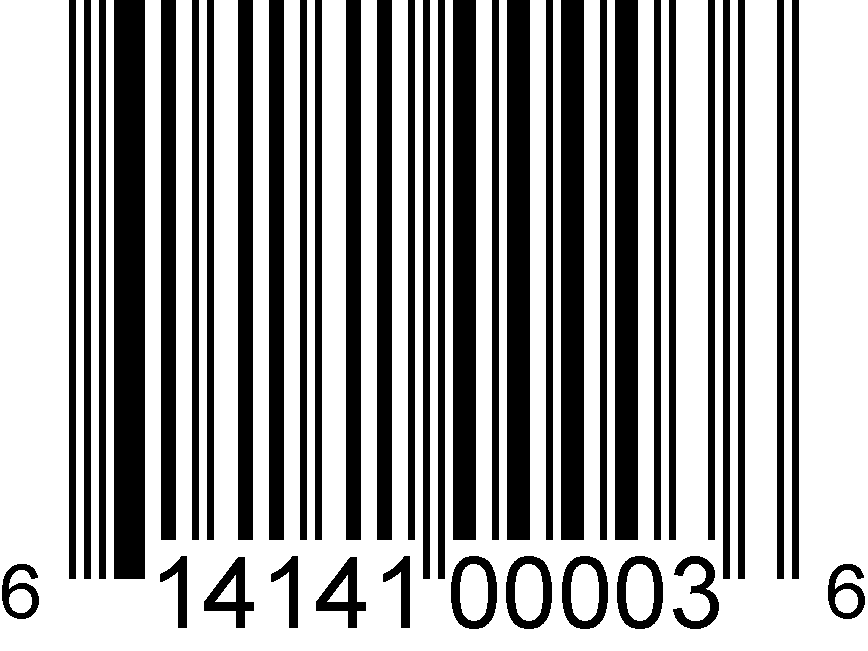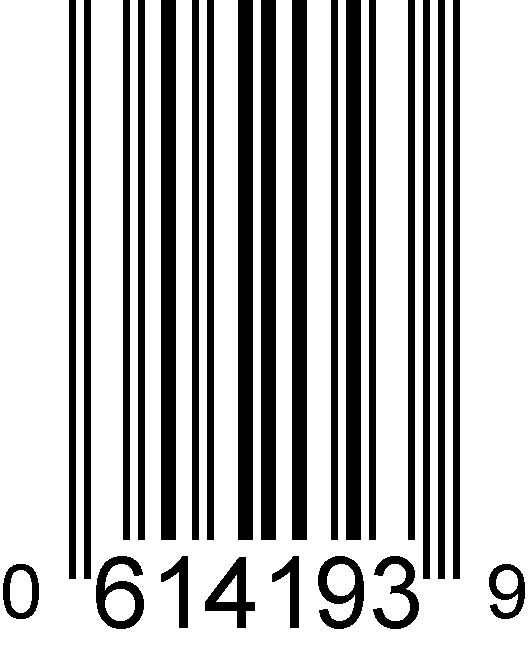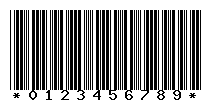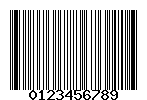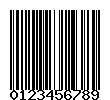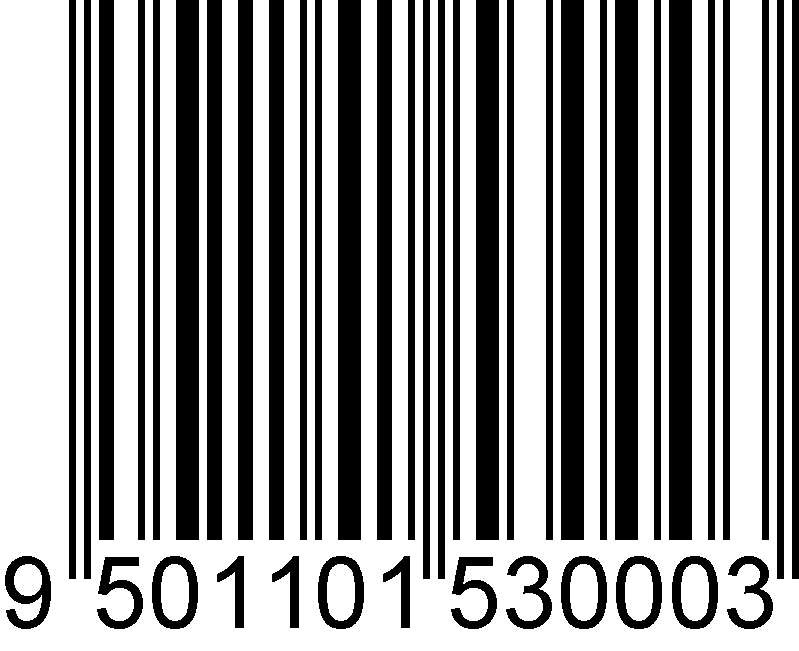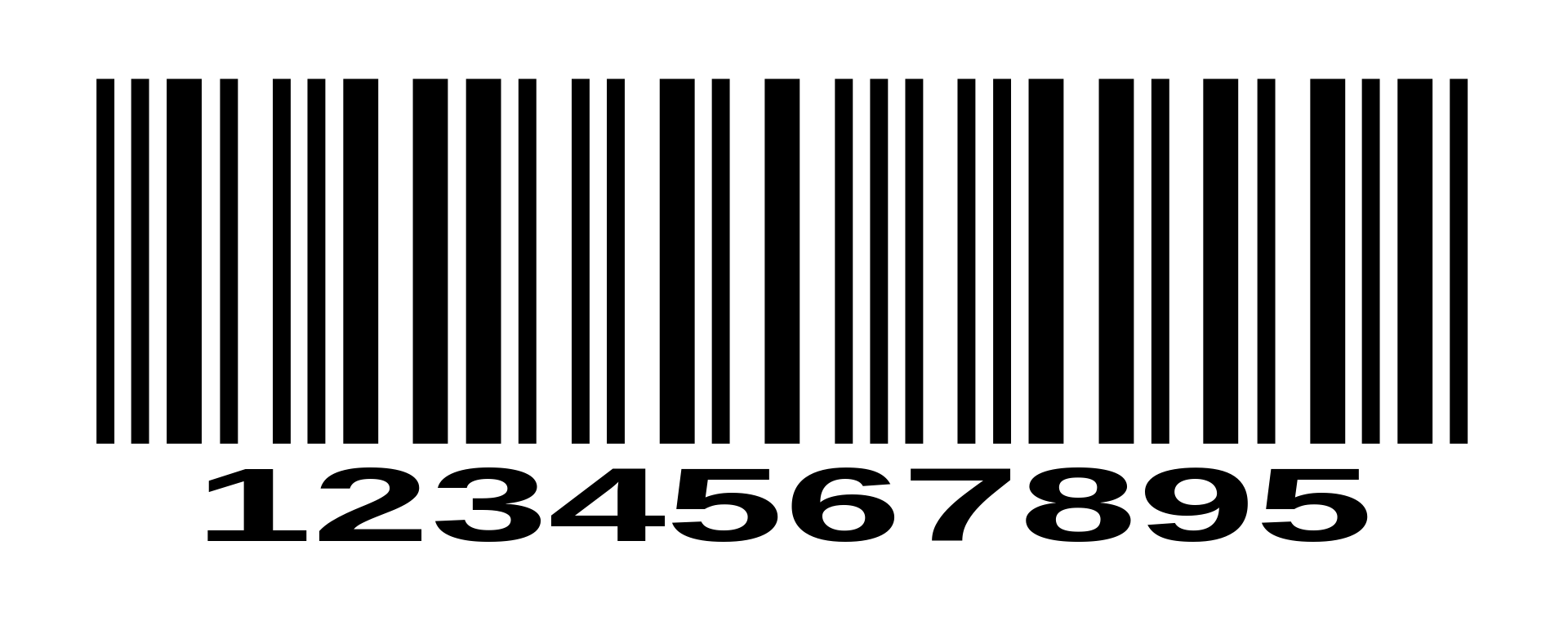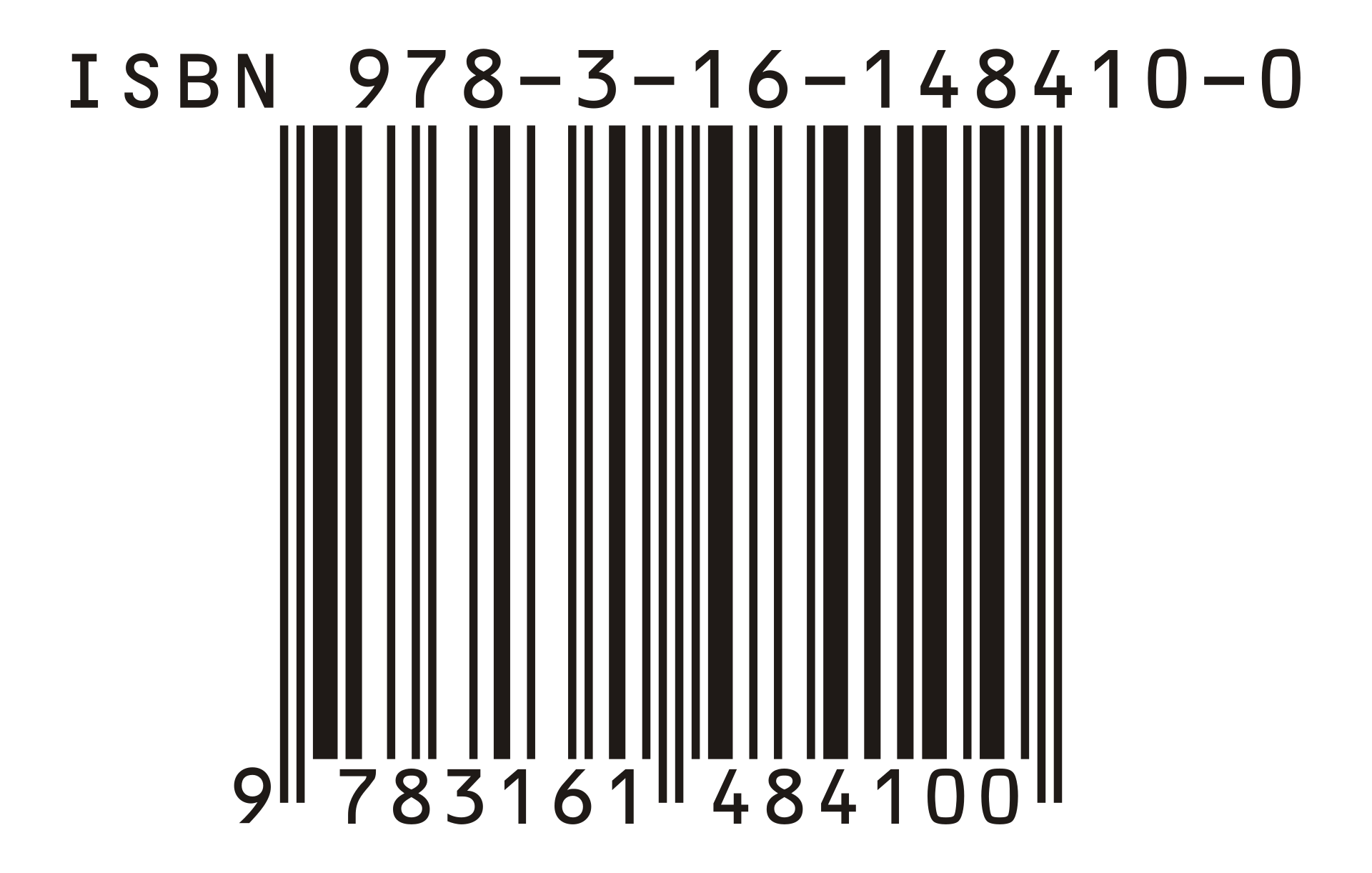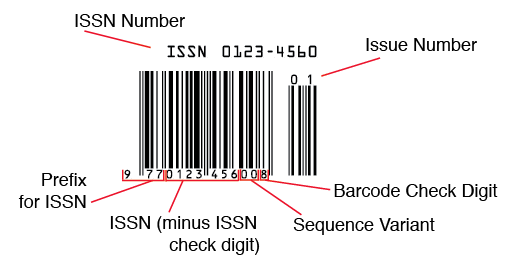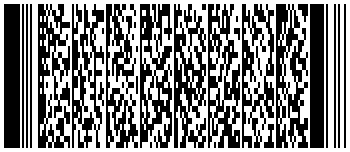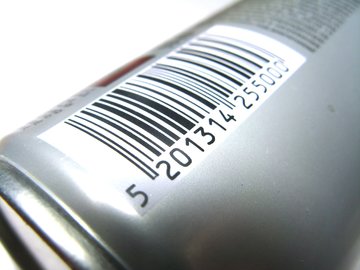This article will provide an overview of some of the commonly used barcode symbologies. It includes illustrated examples of one-dimensional (1D) and two-dimensional (2D) barcodes along with a quick explanation for each.
Table of Content
Barcode Technology
Instantly add data into your application quickly, easily and without errors with fast and accurate barcode scanners.
See this and more at Amazon.com
How Does Barcodes Work?
A barcode is a way to encode information in a pattern that a machine can read. The pattern is either a sequence of black and white parallel lines of varying width or a collection of black and white square dots organized in rows confined in a square grid. The specific sequences of these lines and dots all represent different numbers and/or alphabetical letters. There are a variety of barcode types (symbologies) and each follows a set of algorithm for encoding information.
1D versus 2D Barcodes
There are a variety of barcode symbologies used in the world today. Many are designed for a specific purpose or industry. There is the UPC symbology used in consumer goods, ISBN used for books, and Codabar used in the healthcare industry. There are many others and each has its own design specifications. The majority of the barcodes are commonly referred to as one-dimensional (1D).
1D Barcodes
One-dimensional barcodes are linear. Information is represented in a sequence of parallel black and white lines of varying width that is readable by a computer. Additionally, 1D barcodes will typically have the human-readable version of the encoded information at the bottom - as illustrated below. This serves as a alternative way for a person to read the encoded information it the event the barcode is damaged or smudged, or when a scanner is not available.
2D Barcodes
Two dimensional barcordes are more sophisticated as they can hold significantly more data than 1D barcodes. Because of this high data density, 2D barcodes can be printed on electronic circuit boards and other small item where space is limited. The first 2D barcode, Code 49, was developed in 1987 by David Allais at Intermed Corporation. Two dimensional barcodes uses a collection of small black squares densely arranged in a square grid.
Unlike 1D barcodes, human-readable version of the encoded information is not imprinted with a 2D barcode because of the large amount of information makes it impractical.
1D Barcode
Example of a one-dimensional UPC barcode. UPC is a common barcode symbology used in consumer goods. Human-readable version of the information is imprinted with it.
2D Barcode
Example of a two-dimensional QR code (abbreviation for Quick Response Code). 2D barcodes can encoded a significantly large amount of information than 1D barcodes all within the size of a postage stamp or smaller.
Between these two types, 2D barcodes can hold significantly more data. One dimensional barcodes are great for asset inventory tags, package tracking numbers, or for your sports stadium admission ticket. With 2D barcodes, you have the capacity to store a website address, a phone number or even an entire business card - such as name, job title, address, company name, phone numbers, and email address - all within a barcode the size of a postage stamp.
In this article, we'll briefly showcase some of the common barcode symbologies used in the world today.
Choosing the Right Barcode
When deciding on the barcode symbology to adopt for your project or application, you have to take into consideration the following:
Character Set
The type of information you need to encode will guide you to the a particular subset of symbologies to consider. Each barcode type supports one of three specific character set::
- Number - support only numbers (0-9)
- Alpha-Numeric - support both numbers and alphabetic characters (0-9 and A-Z)
- Full ASCII - support the entire ASCII character set - numbers, letters, and symbols (such as dollar sign, ampersand, and parentheses)
Amount of Data to Encode
Another consideration when choosing a barcode is how much information you need to encode. Simply information such as employee numbers or asset inventory ID codes can easily be handled by 1D barcodes. However, larger set of information may require the use of 2D barcodes. For example, if you need to encode a customer's profile (name, account number, and address), 2D barcodes will be the better choice.
Size of Label
The amount of space you have available to imprint your barcode onto a label or your paper document will also dictate the barcode symbology you can use. Generally, 2D barcodes have a relatively small space requirement with respect to the amount information that can be encoded onto it.
Scan Speed
Lastly, barcodes require a scanner to read the information contained within it. There is a noticeable difference in the amount of time required to scan a 1D barcode versus a 2D barcode. Depending on your application, speed can be a major deciding factor on the type of barcode to choose. Typically, 1D barcodes can be scanned more quicker than 2D barcodes. For example, food items found at your local supermarket are all encoded with 1D UPC barcodes since it helps minimizes the amount of time required for customers to wait in line to checkout.
Barcode Symbologies
| Symbology | Example | Capacity | Description |
|---|---|---|---|
UPC-A |
More information on UPC can be found at Wikipedia. |
12 Numeric | First created by IBM in 1971, the UPC (Universal Product Code) is a one dimensional (1D) barcode symbology that is used extensively in the United States and various other countries to uniquely identify consumer goods. There are two variants of this type of barcode: UPC-A and UPC-E. Both are used for the same purpose. The main difference is UPC-A is the standard size barcode consisting of 12 digits. The UPC-E is a smaller variant used in small retail products where space is limited and holds only 8 digits. |
UPC-E |
More information on UPC can be found at Wikipedia. |
8 Numeric (zeros suppressed) | The UPC-E barcode is a smaller variant of UPC-A described above. The main difference is that UPC-E holds only 8 digits but can be used on small retail products where space is limited to imprint a standard UPC-A barcode. It is referred to as a zero-suppressed version of UPC-A because all leading and trailing zeros of the encoded data are omitted. |
Code 39 |
More information on Code 39 can be found at Wikipedia. |
20 to 23 Alpha Numeric | Developed 1974 by Intermec, Code 39 is a one dimensional, variable length barcode symbology. It is also referred to as Alpha39, Code 3/9, Code 3 of 9, Type 39, USS Code 39, or USD-3. It supports the encoding of both numerical and alpha characters. Organizations do internally use this symbology for name badges, inventory tags, raffle tickets, and document identification due to its ease of use. Code 39 is not typically used on consumer goods because of its low density, but more within specific industries (such as manufacturing, healthcare, and postal server). |
Code 93 |
More information on Code 93 can be found at Wikipedia. |
Alpha Numeric | Developed in 1982 by Intermec, Code 93 is similar to Code 39 as it is a one dimensional, variable length barcode symbology. However, it is more denser which means more information can be encoded in the same amount of space. Additionally, along with being able to encode numerical and alpha characters, Code 93 supports symbols - such as percent sign, ampersand, and the plus symbol. |
Code 128 |
More information on Code 128 can be found at Wikipedia. |
45 to 80 Full ASCII | Similar to Code 39, Code 128 is a one dimensional, variable length barcode symbology. The main difference is Code 128 has a much higher density (you can put more information in the same amount of space compared to both Code 39 and Code 93). As a result, Code 128 can be used on smaller items (such as on labels for jewelry items). |
Codabar |
More information on Codabar can be found at Wikipedia. |
Numeric & Symbols | Developed in 1972, this 1D barcode is often used when encoded numbers are sequential, such as those used for inventory and asset tracking (e.g, libraries). It is also commonly used by blood banks. Codabar, also known as Monarch, USD-4, NW-7, and 2 of 7 Code, is a variable-length used to encode numbers along with some symbols - dollar sign and plus sign. Codabar consists of a start symbol, followed by the encoded data, then followed by a stop symbol. The start/stop symbols are typically A, B, C, D, E, *, N, or T. |
EAN-8 |
More information on EAN can be found at Wikipedia. |
8 Numeric | The EAN-8 is a smaller variant of the more common EAN-13 barcode. The EAN (European Article Number, as known as International Article Number) is a one dimensional (1D) barcode used to uniquely identify consumer goods. The EAN-8 variant can hold 8 digits and is intended for use on small retail products. |
EAN-13 |
More information on EAN can be found at Wikipedia. |
13 Numeric | The EAN-13 is a one dimensional (1D) barcode used to uniquely identify consumer goods. It is part of the EAN (European Article Number, as known as International Article Number) barcode standard and can hold 13 digits. |
Interleaved 2 of 5 |
More information on Interleaved 2 of 5 can be found at Wikipedia. |
13 Numeric | The Interleaved 2 of 5 (ITF) is a one dimensional (1D) variable-length barcode used commonly for managing package shipments. ITF encodes information in both the bars and spaces. It is called interleaved because every two digits interleaves with each other to create a single symbol. |
ISBN |
More information on ISBN can be found at Wikipedia. |
13 Numeric | The ISBN (International Standard Book Number) is a one dimensional barcode used to uniquely identify books. An ISBN can hold either 10 or 13 digits and is commonly imprinted on the back cover of a book (magazines and journals typically use the ISSN barcode). ISBN assigned after January 1, 2007 all have 13 digits. |
ISSN |
More information on ISSN code can be found at Wikipedia. |
13 Numeric | The ISSN (International Standard Serial Number) is a barcode used commonly in periodical publications such as magazines, journals, and other serial publications. A complete ISSN code consists of 13 digits following the EAN-13 format. A ISSN number starts with "977" followed by the first seven (7) digits of the ISSN, then by a 2-digit sequence number and finally followed by a "check" digit. The main difference between this and ISBN is ISSN is intended for serial publication whereas ISBN is for single volume publication, such as a novel, or other titles that are published no more than once a year. |
QR Code |
More information on QR code can be found at Wikipedia. |
4,296 Full ASCII | QR code is a high-density 2D matrix barcode. Matrix type barcodes are made up of small squares called "modules" arranged in a square grid. These are commonly used in advertisements to track the performance of marketing campaigns. They are often found in magazine ads, marketing handouts, business cards, train station wall ads, convention centers and various retail spaces. QR barcode symbology is public domain and is free to use. QR Code is available in five variants, each providing different level or error correction. This feature to give it the ability to sustain "damage" and while still enabling the information contained within it to be decoded.
This error correction feature makes QR code more durable where these barcodes are in public space where is can be obscured and defaced (such as wall advertisements in train stations). |
PDF417 |
More information on PDF417 barcode can be found at Wikipedia. |
200 to 600 Full ASCII | PDF417 is a 2D stacked linear barcode and is typically used in application where large amount of information needs to be stored. It consists of three to 90 rows of linear bar codes - hence the term "stacked". The specification for PDF417 calls for a pattern of 4 bars and spaces with each pattern at 17 units in length - hence the "417" in its name. PDF417 barcode symbology is public domain and is free to use. |
Data Matrix |
More information can be found at Wikipedia. |
2,335 Full ASCII | Data Matrix is a 2D matrix barcode. Matrix type barcodes are made up of small squares called "modules" arranged in a square grid. This type of barcode can be found in consumer goods and documents (e.g., insurance papers). Up to 2,335 characters can be stored in a Data Matrix barcode. |
MaxiCode |
More information on MaxiCode 2D barcode can be found at Wikipedia. |
93 Full ASCII | MaxiCode is a 2D barcode originally developed by United Parcel Service (UPS) in 1992 to more efficiently track and manage packages. The barcode consists of a "bull's eye" at the center used by a camera or barcode reader for alignment. Surrounding this are dots arranged in a hexagonal grid where altogether holds 93 characters of data. Maxicode is public domain and is free to use. |
How to Scan a Barcode?
Barcodes are machine (computer) readable information and thus requires a special scanner to decode and input the information into a computer system or application. Barcode scanners come in a variety of sizes and format. They all fundamentally perform the same function - decode barcode data. The decoded data is then inserted in your application - such as a database system or even into a Microsoft Word document. Some of the main differences between the variety of scanners are their features - such as wired vs wireless, how quickly it scans, and whether it can scan barcodes at a distance.
Computer-Based Scanners
Consumer barcode scanners are typically handheld in size and connects to a computer via a USB cable. However, industrial-type scanners are available in a variety of sizes depending on the application.
Pen/Wand-Type Scanner
This WASP WWR2900 Pen scanner is a reliable, cost-effective way to read 1D barcodes.
- Easily installs through your USB port
- Small profile and compact size
- Great additional for mobile workers
- Ideal for low-volume scanning
- Read more at Amazon.com
Handheld Laser Scanner
This WASP WDI4600 is capable of reading 1D and 2D barcodes (include QR codes).
- Read 1D barcodes up to 25 inches away
- Read 2D barcodes up to 15 inches away
- Ergonomic design
- Ideal for high-volume environments (retail point-of-sale, healthcare, shipping)
- Read more at Amazon.com
2-In-1 Scanner
This 2-in-1 wired and wireless 1D barcode scanner offers freedom of movement, protective silicon cover, and fast scan speed.
- Wireless transmission up to 100 meters
- Ergonomic design
- Rechargeable battery
- Ideal for high-volume environments (retail point-of-sale, healthcare, shipping)
- Read more at Amazon.com
App-Based Scanners
If you have a smartphone, there are a variety of apps available in the marketplace you can download to use your phone as a barcode scanner. It does this by using the built-in camera of your smartphone. To read a barcode, you typically launch the app and hover your camera over the barcode. The app will then decode the information and displays it on your screen.
More sophisticated apps are available that integrates with a back-end database to enable you to look up product information (such as from a UPC barcode). To find a barcode scanning app for your smartphone, simply perform a search for "barcode scanner" at the Apple App Store if you have an iPhone or the Google Play Store if you have an Android-based phone.
How To Get a UPC Number?
As mentioned above, UPC barcodes are used to uniquely identify consumer products - such as a can of green beans, a television, or a scented candle. Using these as examples, each canned good, each make and model of a television, and each candle scent all have a unique UPC barcode. When you pay for these goods at the cash register, the UPC barcode is scanned the computer searches its database to find the matching product. This is how the cash register knows what product you are purchasing and how much it will cost you.
If you are going to sell a product and need a UPC number, you will need to contact GS1. They are the only entity that can issue you a globally unique identifier for your UPC number. Visit https://www.gs1.org/ to apply for you UPC number.
Summary
If you are looking to improve efficiency and productivity, implementing barcodes and using barcode scanners in your environment may help get you there. Practically every industry employs barcode in one form or another. Integrating them into your business may seem complicated at first glance, but understanding barcodes will bring you speed and capabilities. Performing look-ups by entering codes by hand on a keyboard is slow and prone to error. However, with the right barcode technology, you gain accuracy, save time, and increase work force efficiency.



